Journey Through Africa: A Tapestry of Beauty, Warmth, and Myths Demystified
Team Kushoto embarked on a backpacking adventure on a budget from Nairobi to Cape Town using public means.
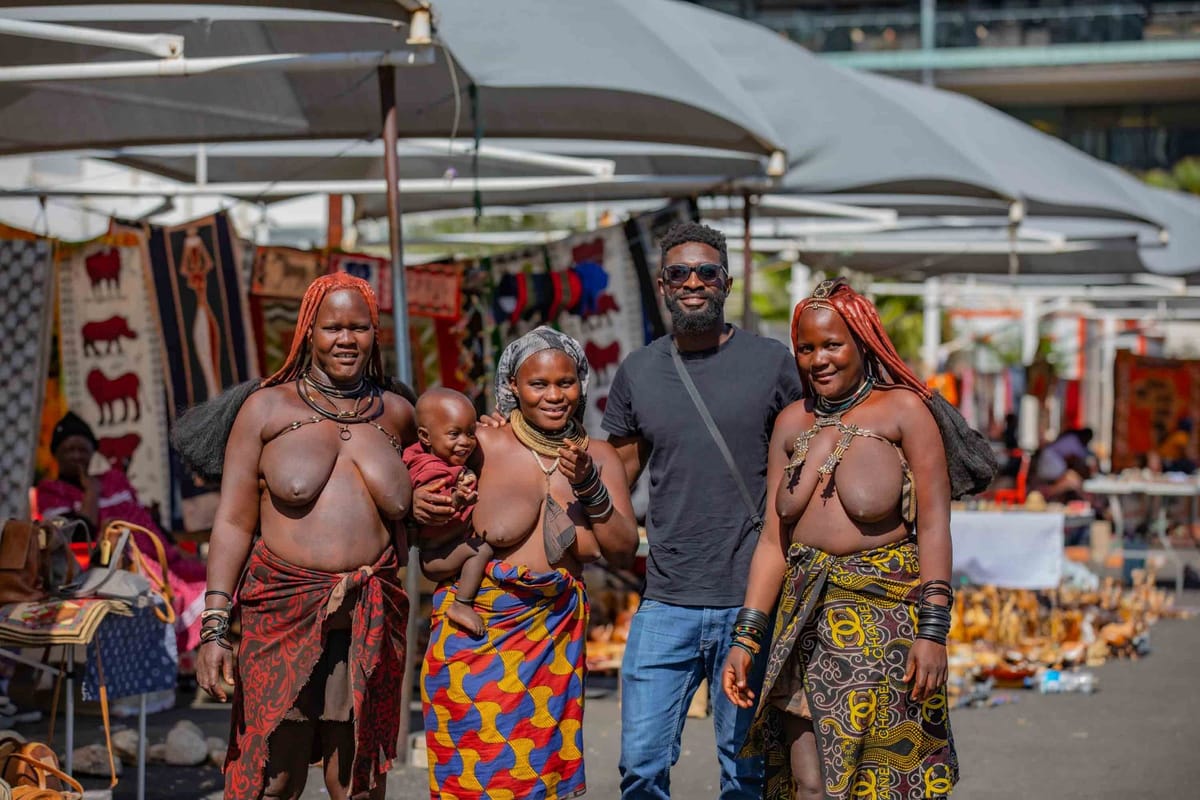
To travel is to live. This belief is woven into the fabric of the Kushoto team, fueling our shared spirit of exploration and adventure. Many of us regularly traverse thousands of miles individually, primarily for work. But last year, we embarked on something extraordinary—a shared journey, a backpacking adventure spanning the southern reaches of our vast continent. We set out from Nairobi to Cape Town, embracing a true traveler’s ethos: exploring on a budget. This meant trusting public transport and the hospitality of our growing network of friends.
What we discovered reaffirmed a universal truth: travel humbles you. It shows you just how small your place is in the grand scheme of things. But that revelation was just the beginning. Along the way, we encountered the vibrant tapestry of Africa’s landscapes and communities, shattered stereotypes, and dispelled the negative myths often perpetuated by external narratives and sadly, echoed locally. By the journey’s end, our love for our motherland had deepened, and so did our pride in its people and boundless potential.
While our experiences are captured visually on our YouTube channel, what follows here is a deeper dive into the journey—the stories, the lessons, and the spirit of Africa that carried us every step of the way.
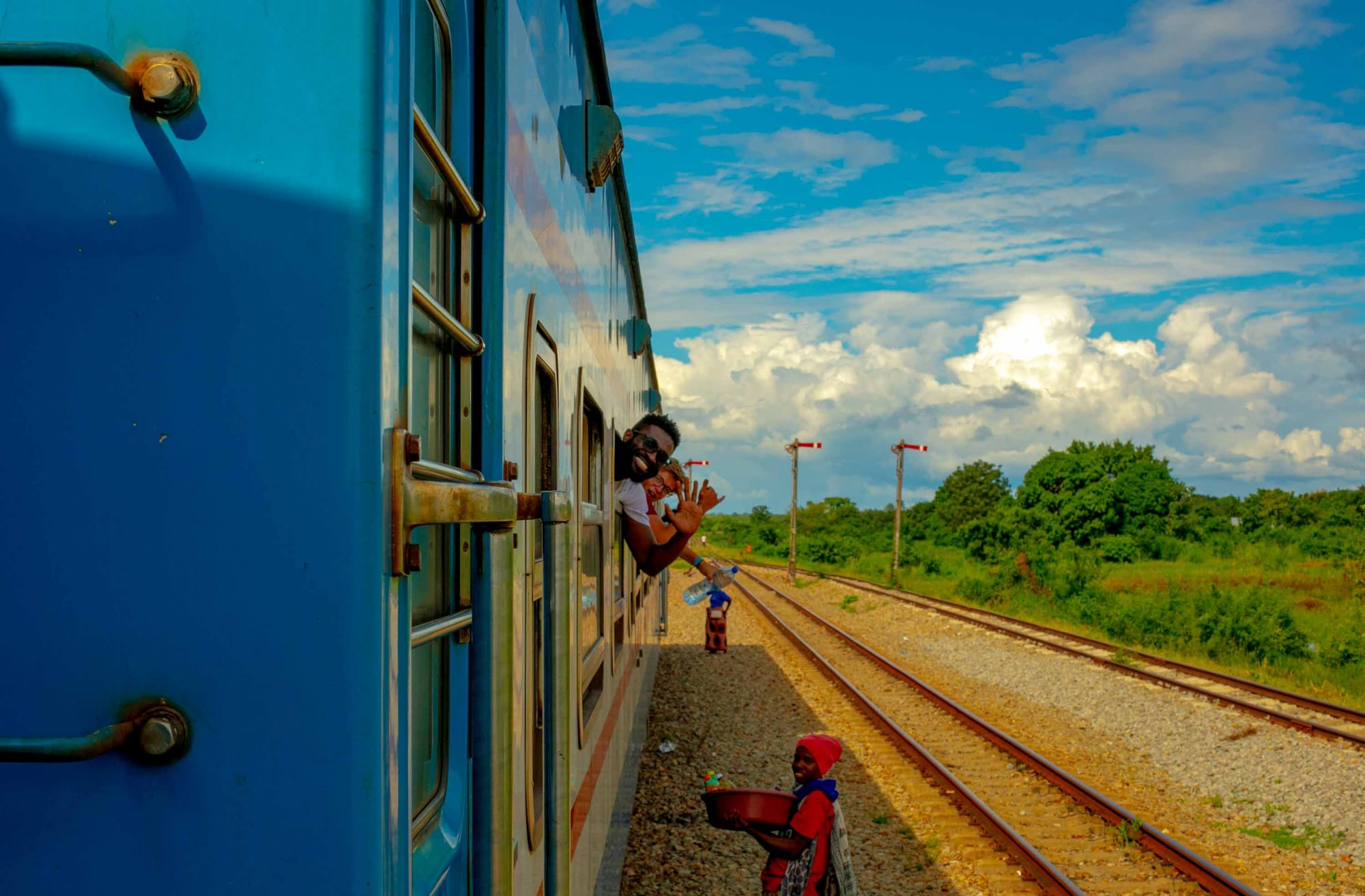
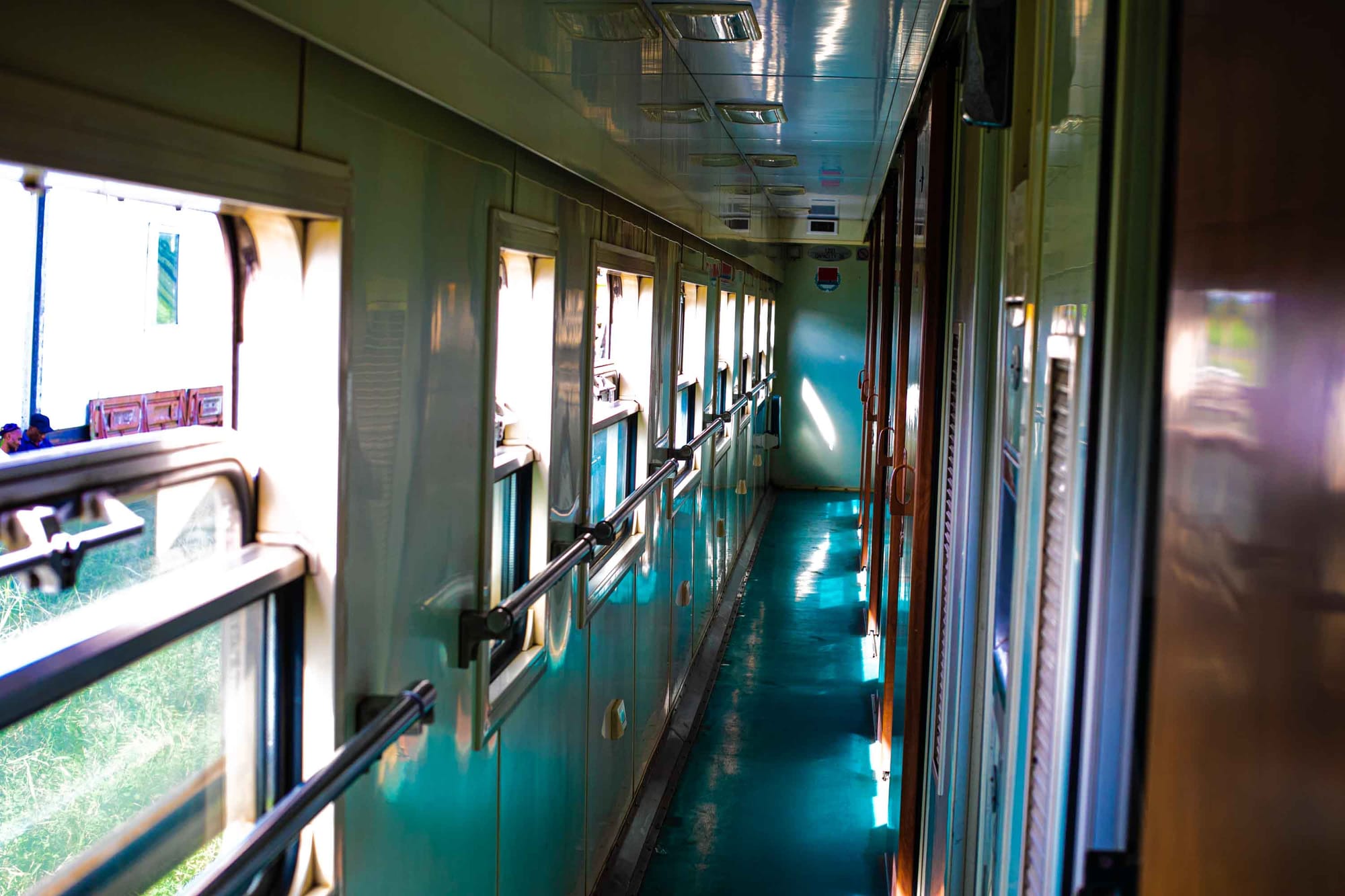
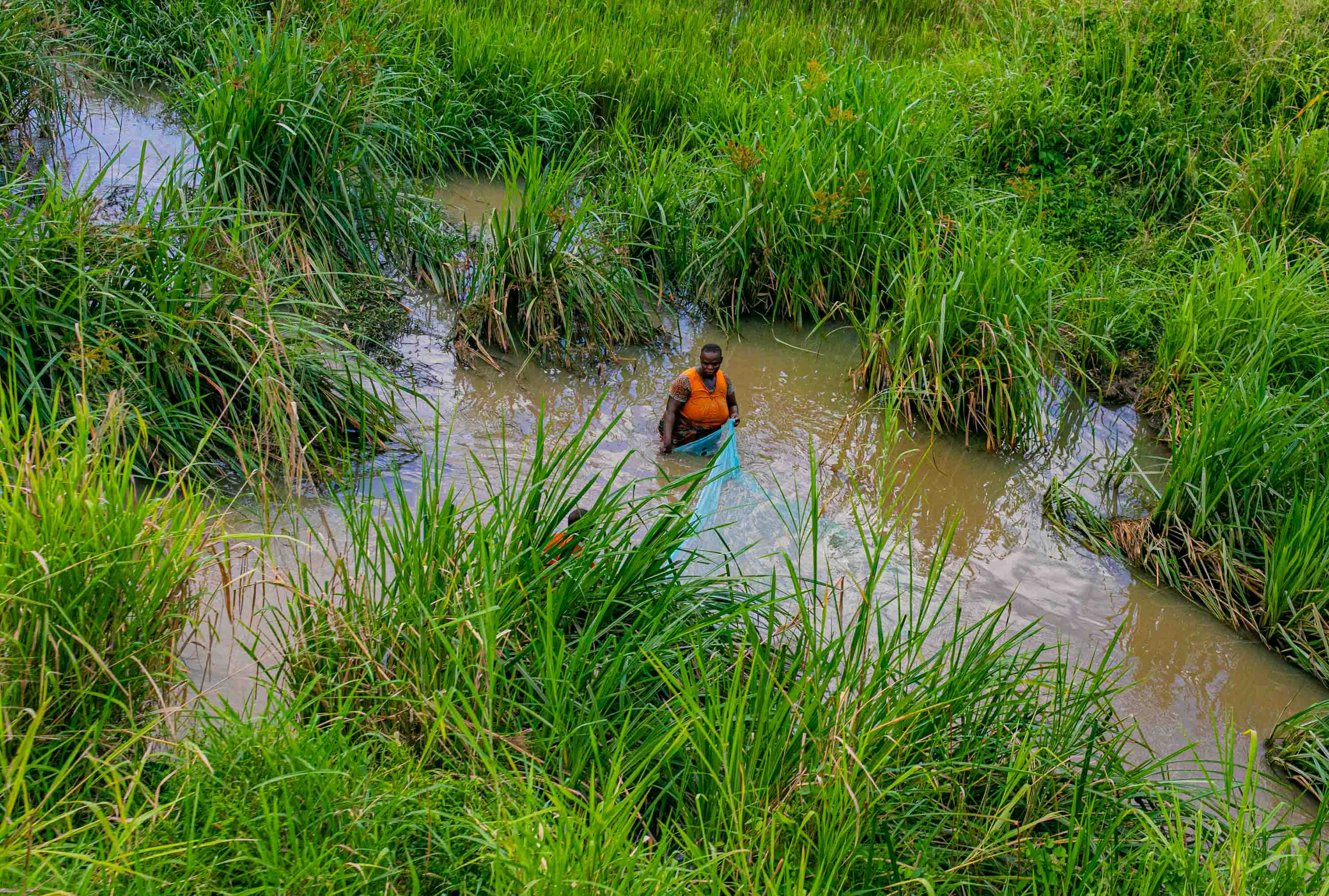
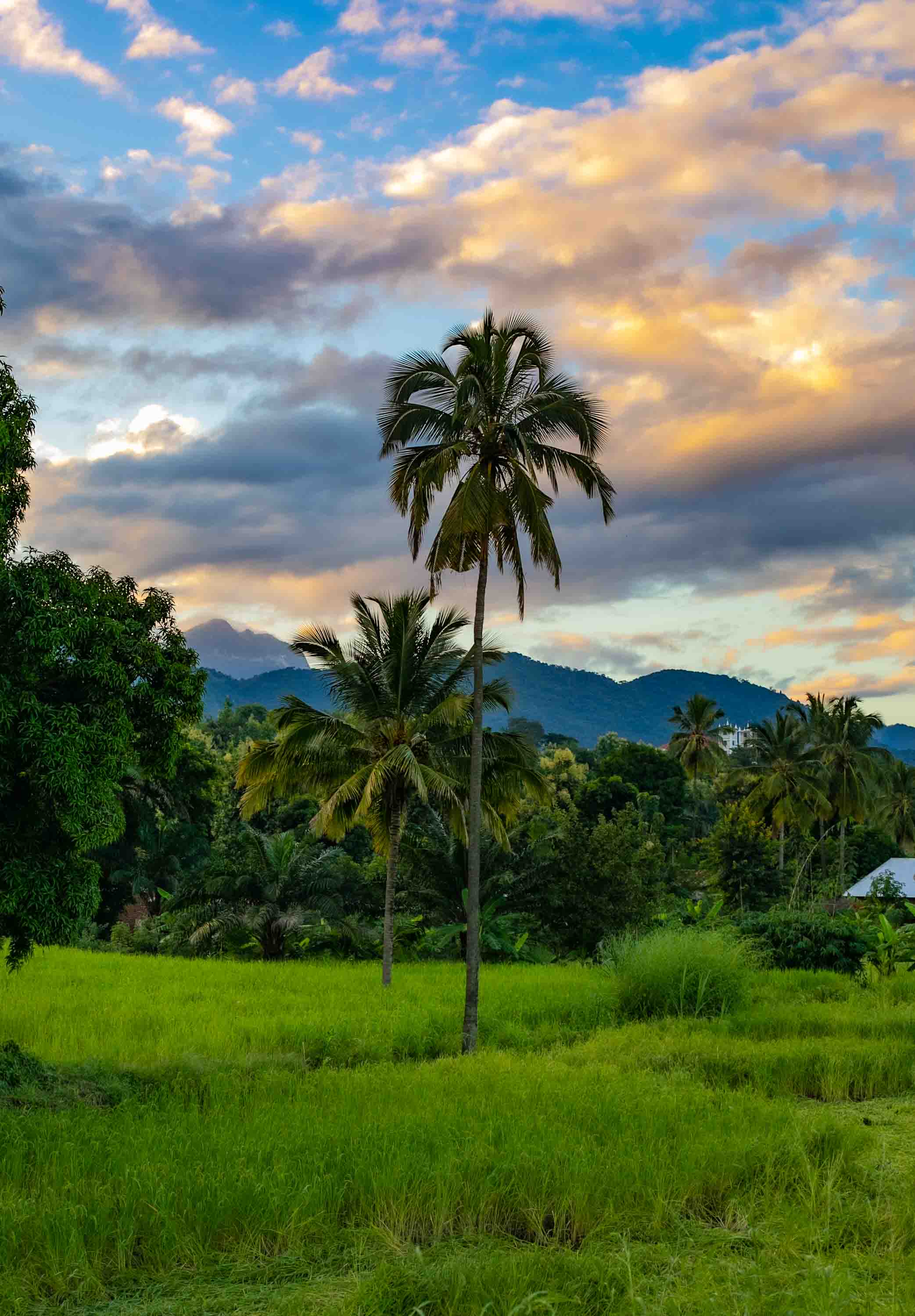
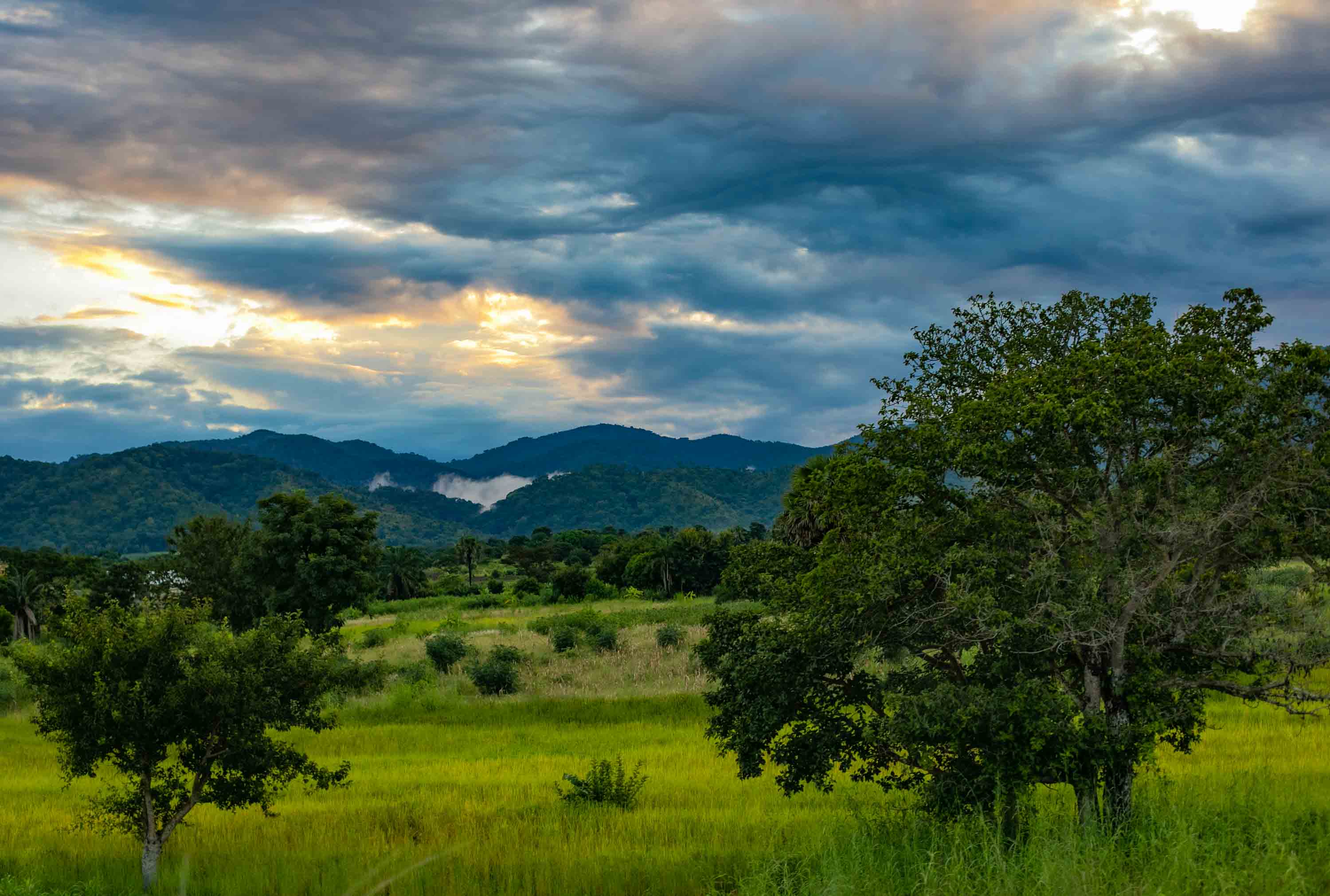
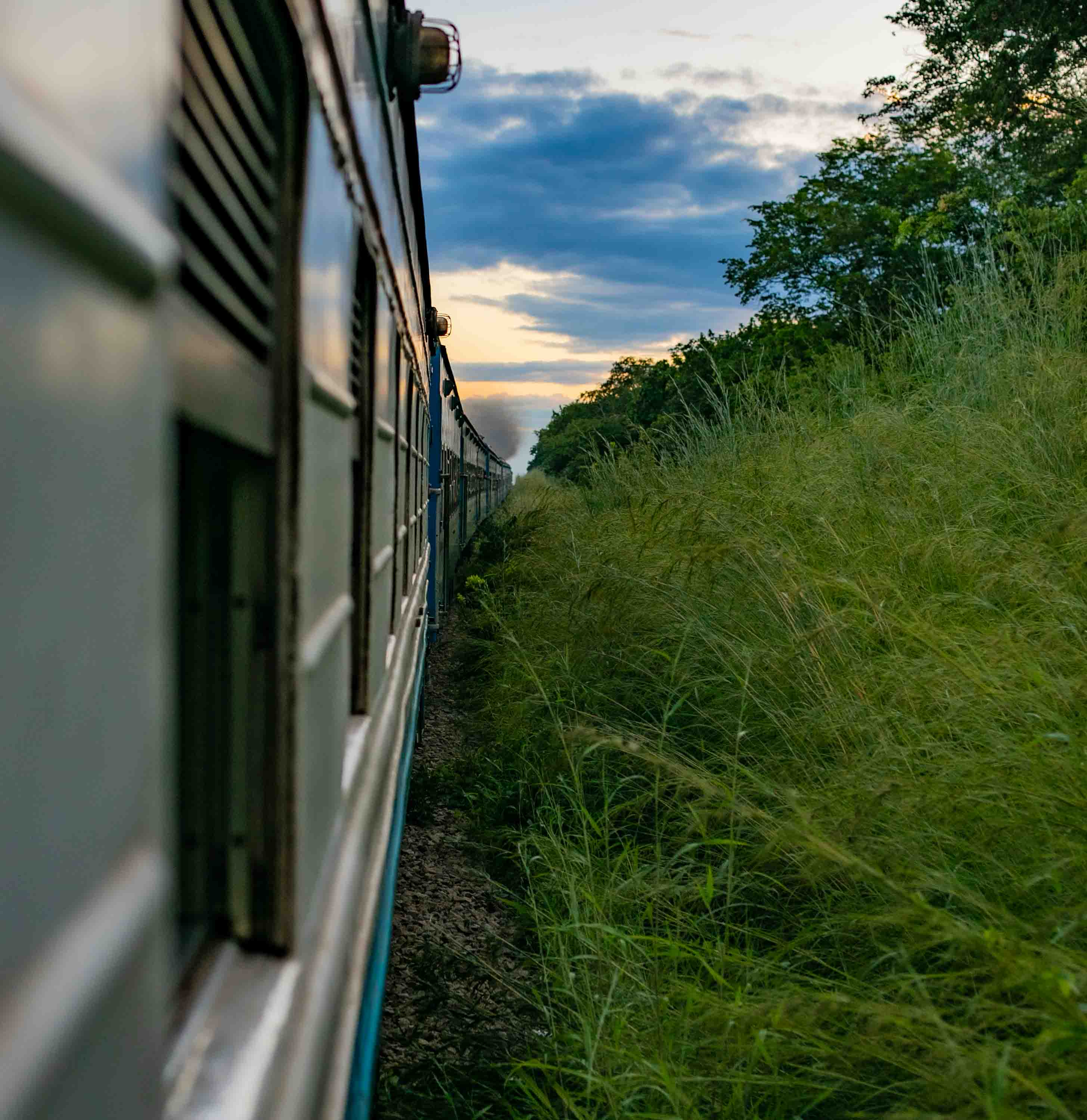
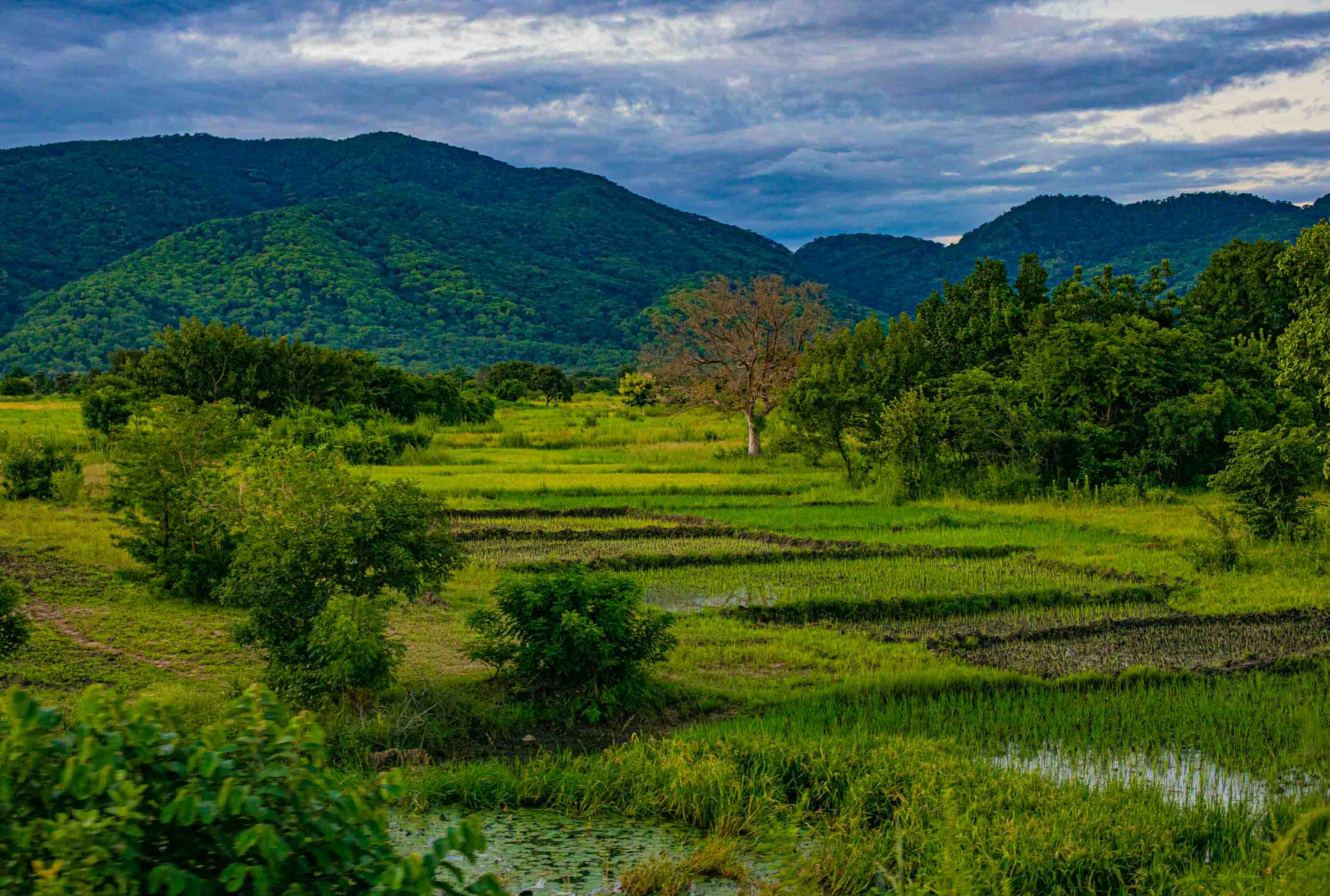
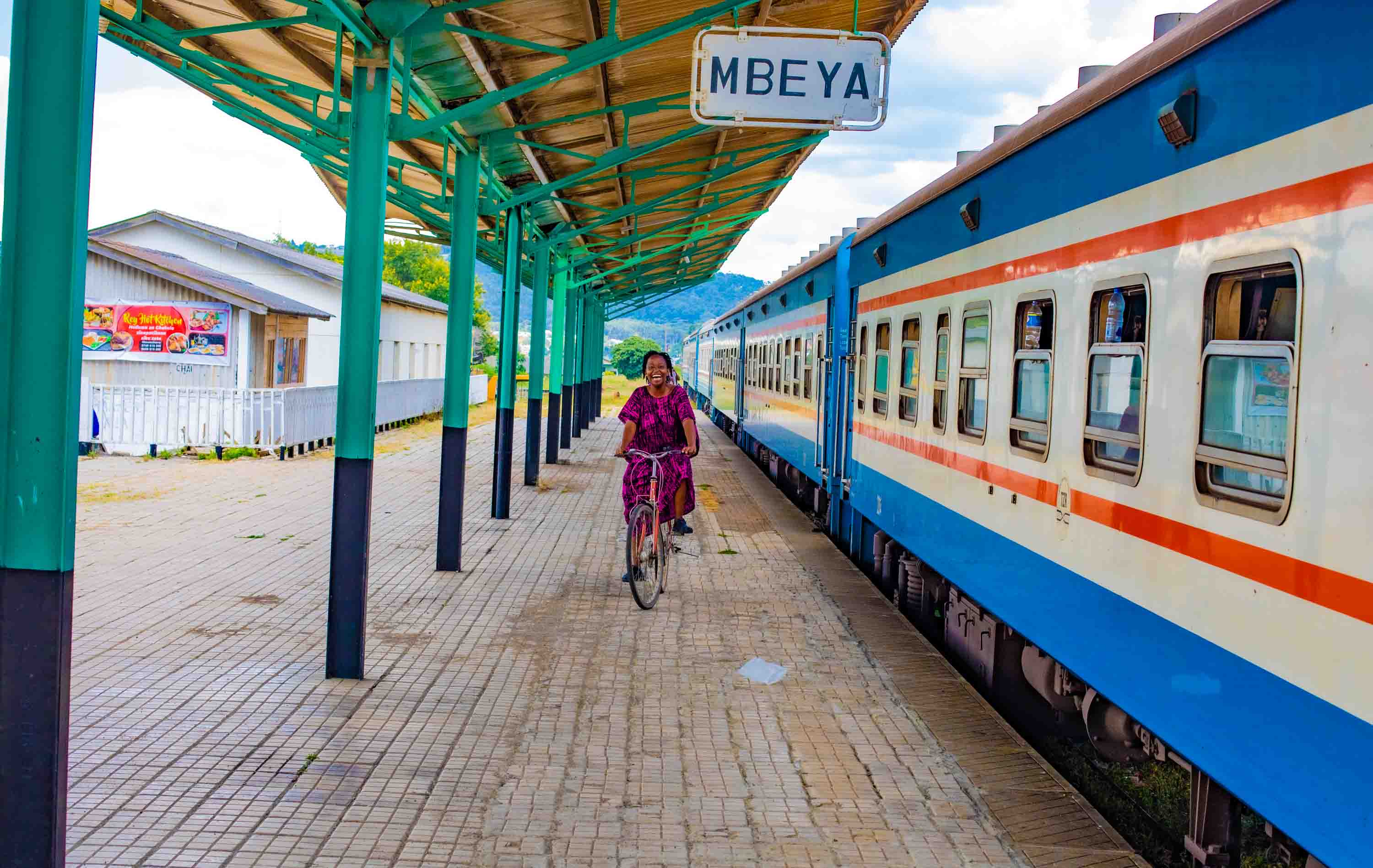
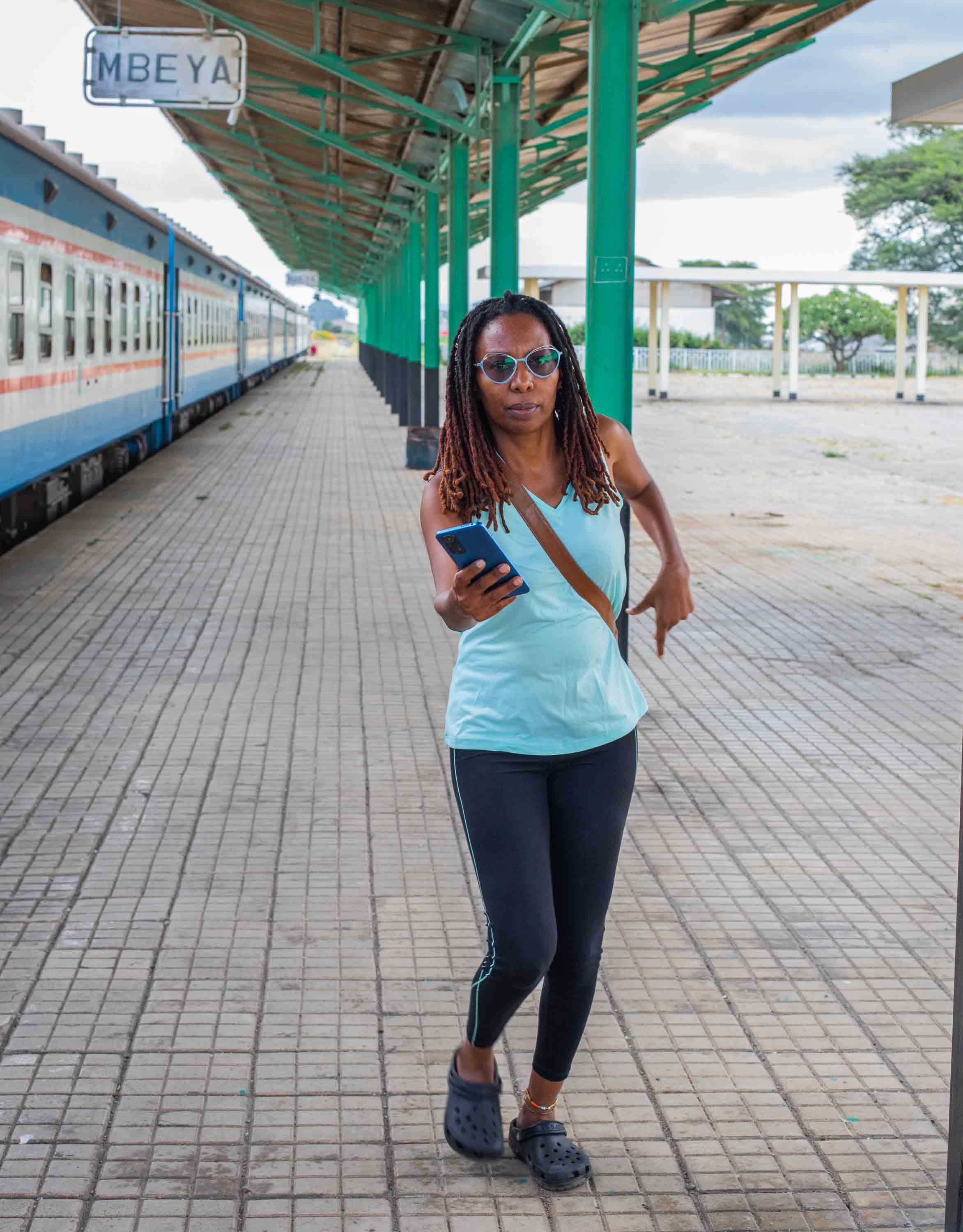
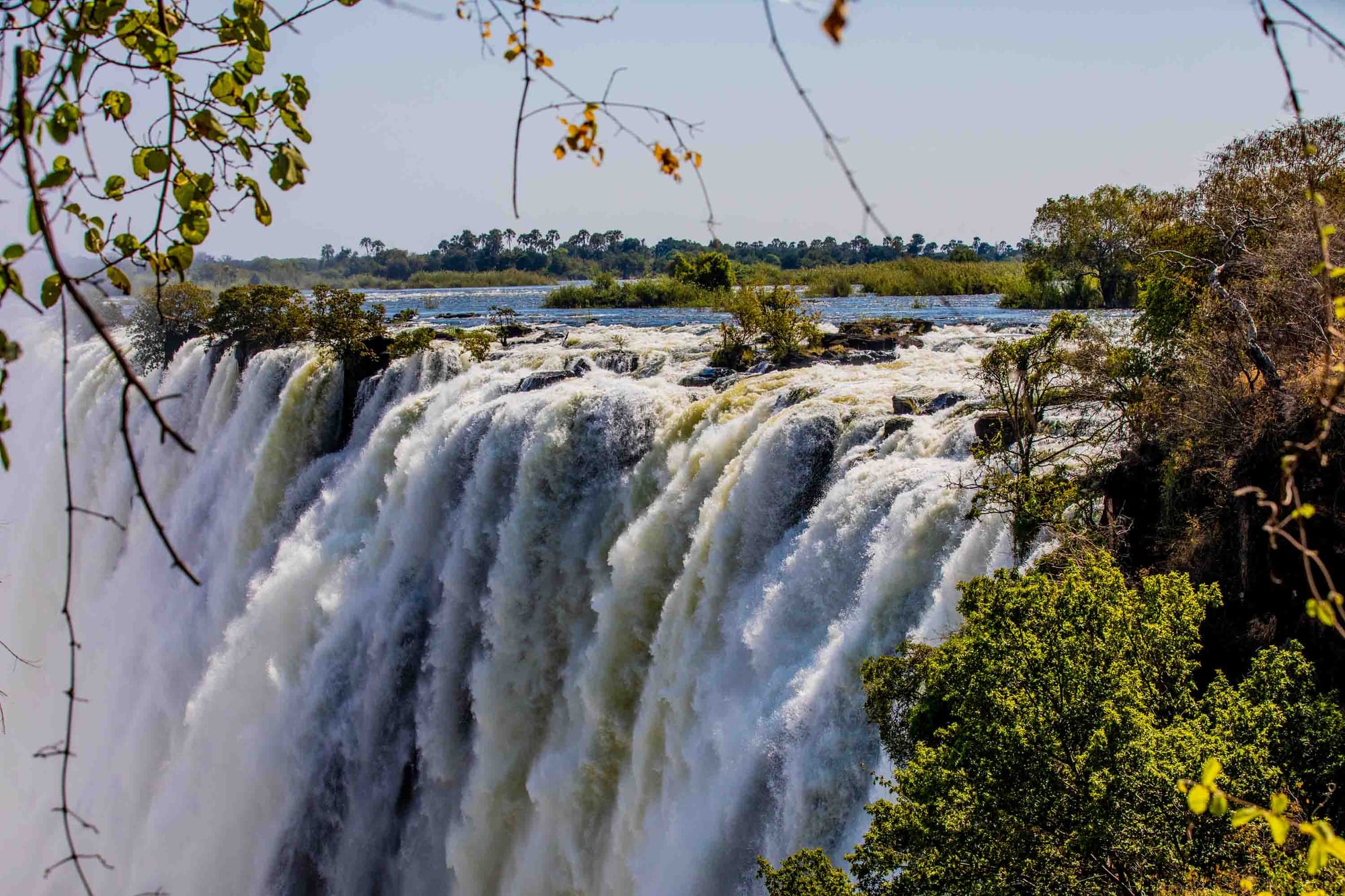
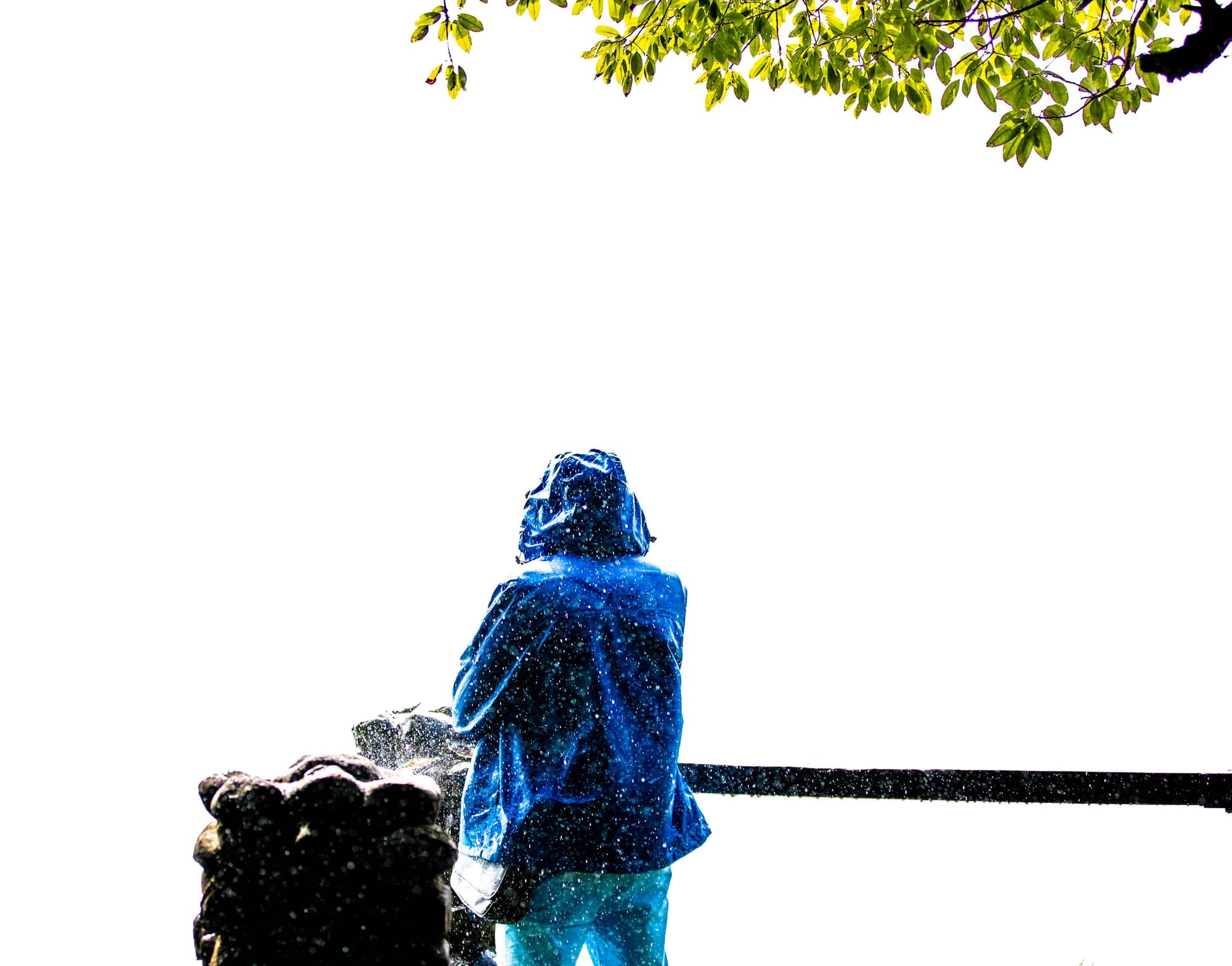
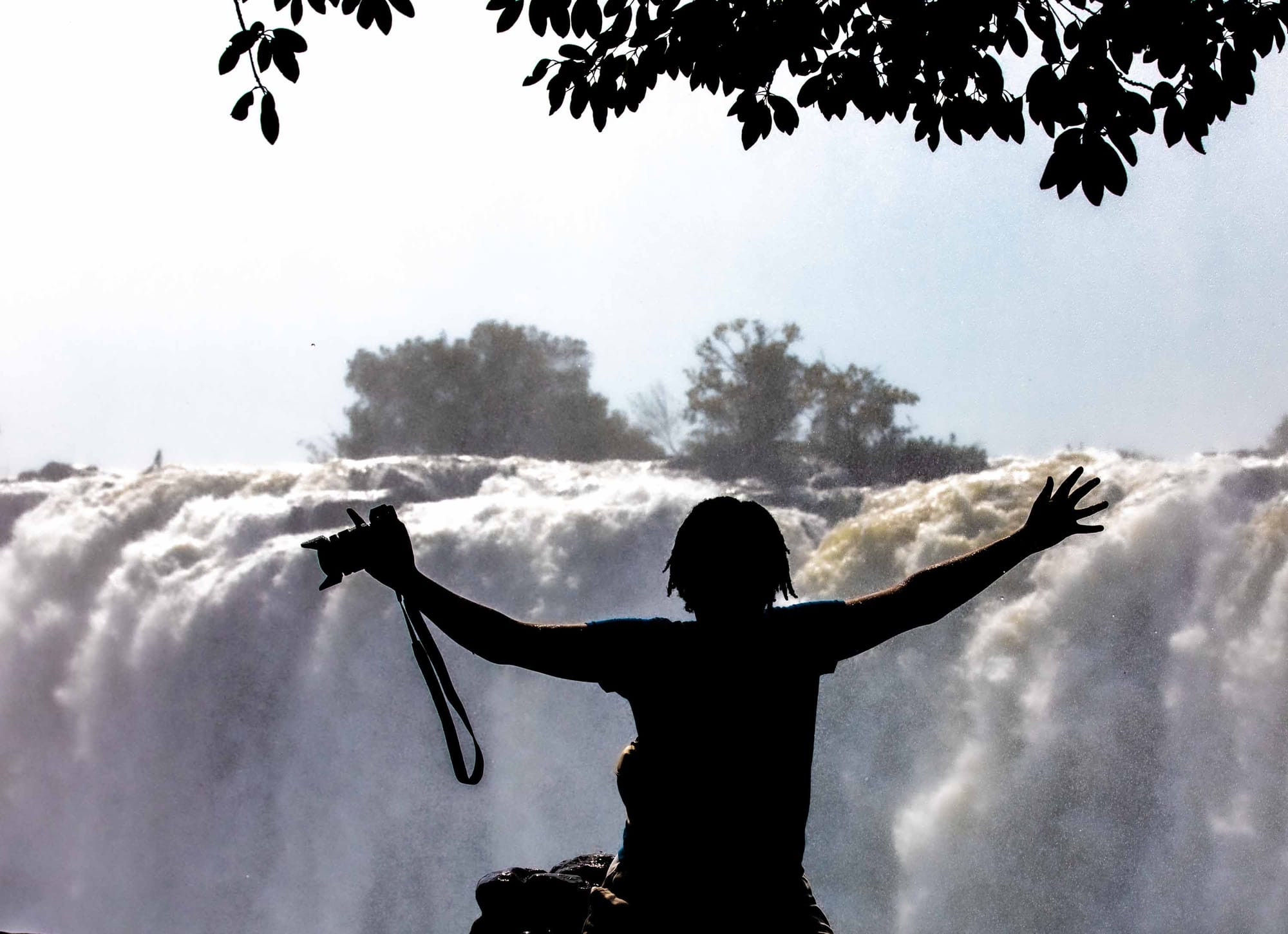
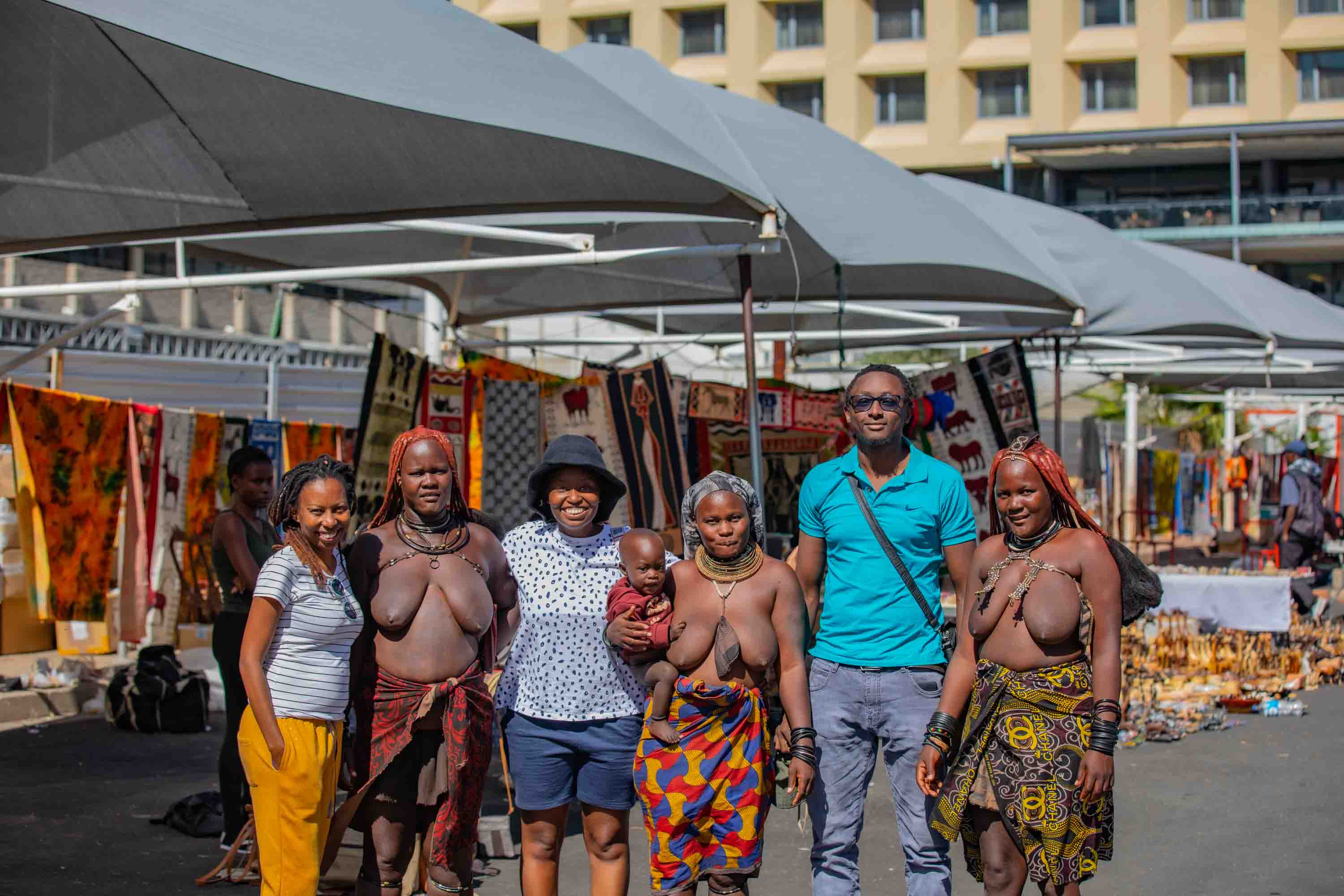

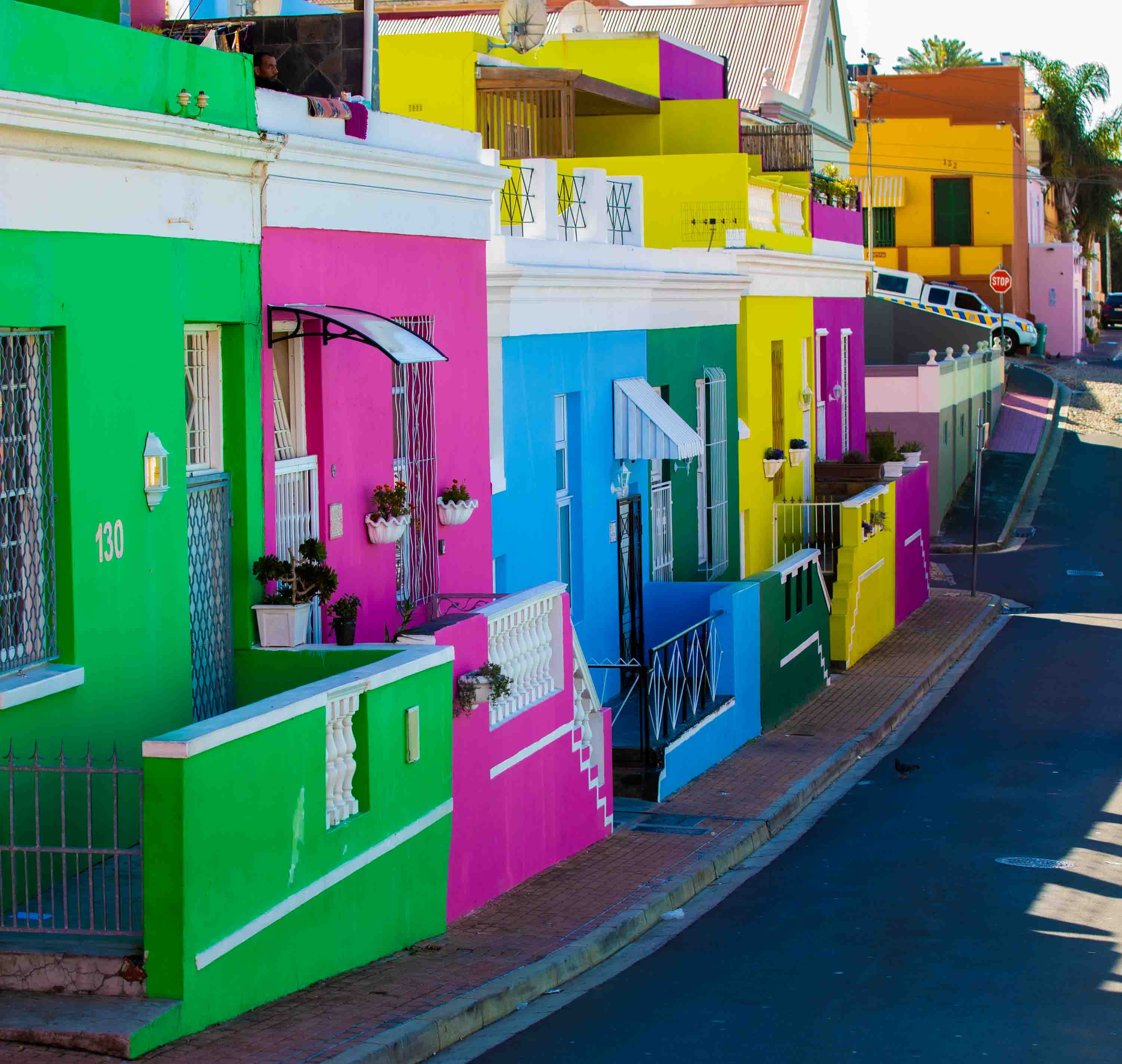

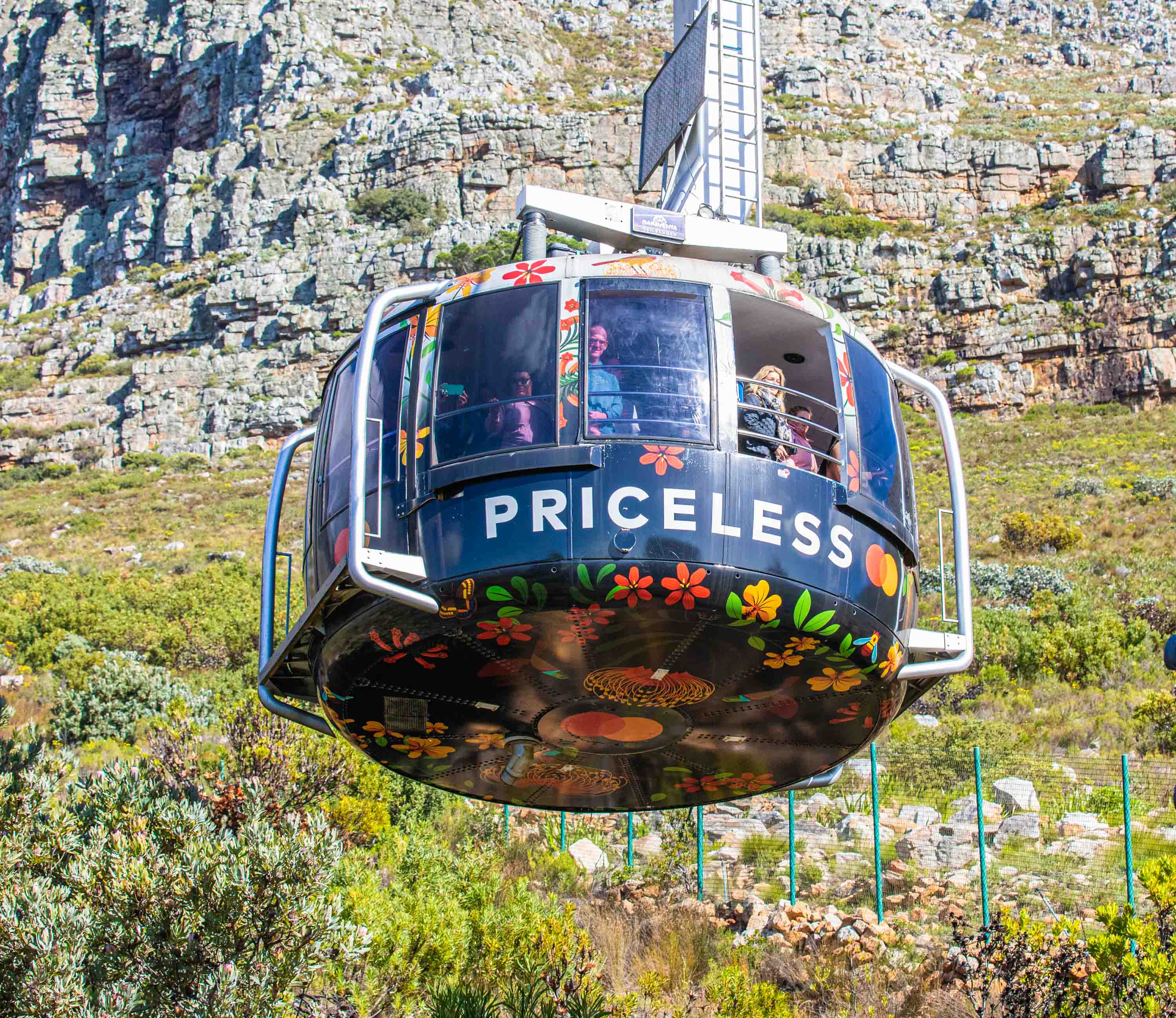
Photos by Kushoto
The Journey Itself: A Route through History and Culture
Our past travels often took us to Tanzania’s coastal towns and the historic paradise of Zanzibar, experiences we cherished deeply. But this journey unveiled a different side of Tanzania—the breathtaking beauty of its rural heart. As our train wound its way through vast rice fields and untouched jungles filled with the freshest air, we were captivated. The scent of the jungle, crisp and invigorating, enveloped us as we passed through one stunning view after another. Each stop in small towns revealed welcoming faces and moments that invited us to pause and take it all in. From any window, you could lose yourself for hours in the peaceful expanse of nature.
Witnessing the endless farmland stretching into the horizon, we understood why so much of Kenya’s food comes from Tanzania. It was a vivid reminder of the country’s rich agricultural legacy. As we ventured further, we embraced the tranquility of rural life not only in Tanzania but also in Zambia and Zimbabwe. We met people who felt strikingly familiar, their warmth and hospitality resonating with the same spirit we knew back home. This journey embodied the full essence of Ubuntu—living harmoniously with others and finding connection in shared humanity. Over 18 days, we lived with old friends and strangers who welcomed us as if we had known them forever. Most importantly, the experience ignited a fire within us, a passion for exploration and connection that will never fade.
The TAZARA Railway: A Ride Through Heritage
The TAZARA Railway, or "Uhuru Railway" (Swahili for "Freedom Railway"), symbolizes political solidarity and African ambition. Built between 1970 and 1975 with Chinese support, it provided landlocked Zambia with an independent route to the Tanzanian port of Dar es Salaam, bypassing colonial-controlled southern routes and embodying economic sovereignty and unity. Spanning 1,860 kilometers and overcoming formidable engineering challenges with 320 bridges and 22 tunnels, TAZARA remains an enduring symbol of 20th-century infrastructure. Despite its age and slow pace, it continues to offer an affordable, scenic journey through Africa's heart, rich in history and natural beauty.
Our trip on TAZARA took us deep into the soul of Africa, rolling through lush green valleys, expansive savannahs, and the stunning Great Rift Valley. The journey revealed the hidden gem of the Mlimba Escarpment and wound through the northern reaches of the UNESCO-listed Selous Game Reserve, the largest protected game reserve in Africa, known for its rich biodiversity and wildlife.
The train's path connects not just landscapes but diverse communities, linking travelers with locals at each station stop, from Mbeya to Kasama. With extended pauses, we met vendors hopping on to sell fresh fruit and grilled snacks, adding local flavor to our days. The rhythmic lull of the train invited us to disconnect from the rush of modern life, offering no Wi-Fi or reliable signal for long stretches. This forced a rare kind of mindfulness as we tuned into the train's sounds and shared quiet moments with fellow travelers.
Life Aboard: Embracing Slow Travel and Camaraderie
Traveling on the TAZARA train is a lesson in embracing simplicity. The experience fostered a unique social atmosphere where strangers shared stories, meals, and laughter. The journey’s leisurely pace encouraged connection, with conversations sparked by the passing scenery, Tanzanian customs, and shared travel tales. The camaraderie onboard turned the train from a mere mode of transport into a shared experience, enriched by spontaneous snack-sharing and the warmth of friendly chats that transcended language barriers.
Nighttime on the train brought its own comfort as passengers settled into their seats or sleeper cabins, rocked gently to sleep by the train’s movement. Others, including an old but very energetic old man who kept making passes at one of our team members danced the night away to the local music playing at the bar carriage. By dawn, familiar faces greeted one another over cups of coffee or tea purchased at station stops or the train cafe, ready for another day of collective adventure.
Challenges That Add to the Charm
Delays are a frequent part of the TAZARA experience, which extended the journey by an extra day at times. Even our initial boarding time shifted unexpectedly by two days, so travelers need to have flexibility for such inconveniences. Yet these quirks added character, inviting us to shift our perception of time and travel, embracing patience as part of the experience.
Food Aboard: A Simple but Repetitive Offering
Meals on the TAZARA were basic, typically limited to rice, ugali, stew, and occasionally fish or vegetables. While these meals were hearty, the lack of variety grew monotonous over the journey’s duration and we had to go outside the bounds of the station looking for food at various stops. Luckily the train made stops as long as two hours at times, giving us plenty of time to explore the local cuisines. The experience would be greatly enhanced with a rotating menu or regional specialties at each major stop, showcasing the rich culinary traditions of Tanzania and Zambia. This would cater to the diverse mix of travelers and make the dining experience as memorable as the vistas outside the windows.
Traveling on the TAZARA Railway was a journey through time, landscape, and community. It highlighted the joy of slowing down and truly immersing oneself in the richness of Africa’s people and places. The rhythmic clatter of the train, the ever-changing scenery, and the warmth of fellow travelers offered us a unique opportunity to experience travel as an end in itself, rather than just a means to reach a destination.
The Magnificence of Mosi Oa Tunya
Zambia surprised us in the most heartwarming ways. The more time we spent there, the more it felt like home. Its embrace was both familiar and thrilling—from the genuine warmth of the people to the lively chaos of Lusaka—a kindred spirit to Nairobi. We couldn’t ask for more. Yet the country held a breathtaking secret nothing would have prepared us for: Mosi Oa Tunya, “The Smoke that Thunders,” known to many as Victoria Falls. Photos and videos pale in comparison to the reality of standing before this natural masterpiece. We visited during the river’s peak flow, where the roar of water was so powerful, it felt sacred. We witnessed something almost divine, and understood why it’s considered one of the Seven Natural Wonders of the World. It is without doubt the greatest sheet of falling water you'll ever set your eyes upon.
The falls were more than a sight—they were a visceral experience. Approaching the falls, the first hint was the distant roar, a low rumble that grows louder with every step. Soon, a fine mist enveloped us, swirling in the air and wetting everything nearby, carried by the wind from the churning waters below. And then, the full majesty of the falls came into view: a colossal sheet of water plunging over 100 meters into the gorge, its raw power driven by a timeless flow both mesmerizing and humbling. The scene was alive with rainbows arcing through the mist, a delicate contrast to the thunderous descent of water. Standing there, at the edge of this natural wonder, we felt connected to the earth in a profound way—a reminder of nature’s power and our place within it.
The awe in the air was palpable. Conversations at the viewpoint were quiet, almost reverent. Strangers exchanged smiles and nods, in a silent acknowledgment of the wonder before them. Some of us paused to snap photos, attempting to bottle up the beauty, while others stood in silence, fully present in the moment. As I took it all in, I reflected on the cultural significance of Victoria Falls, not just as a natural wonder, but as a shared heritage for Zambia and Zimbabwe. This magnificent site belongs to both countries, a reminder of the deep connection between people and place. It’s a landmark of pride and a place that invites reverence. In that space, surrounded by the falls' energy and nature's raw splendor, it felt like a privilege to witness one of the planet’s most magnificent gifts.
Namibia:
Victoria Falls was the pinnacle of our journey, a sight so transformative that we could have ended our adventure right there as contented souls. Yet, with our spirits lifted and our perspectives forever changed, we pressed on, moving through the tranquil days and star-filled nights of the Botswana savannah and the Namibian desert. The bus rides were marked by searing heat during the day and biting cold after sunset, but the experience felt alive, rich with the energy of exploration.
One of the most memorable stops was in Windhoek, where we once again encountered Africa's generous spirit. Strangers became friends, and we had the privilege of meeting the Himba people—a surreal encounter with one of the continent's most unique and enduring cultures. The Himba, semi-nomadic pastoralists, inhabit the rugged Kunene Region of northern Namibia. Their distinct appearance, with skin covered in a blend of red ochre and butterfat, is more than a striking visual; it’s a protective layer against the unforgiving desert sun and a profound symbol of beauty, status, and identity. Their elaborate hairstyles and traditional attire reflect deep cultural roots and personal narratives.
One particularly fascinating aspect of Himba culture is their hospitality. When hosting close friends or family, it’s customary for a Himba man to extend extraordinary generosity: offering his own bed to his guest and, in a gesture of trust and respect, sharing companionship with his wife for the evening while he sleeps elsewhere. This practice, reflecting profound social bonds and openness, speaks volumes about their values of trust and sharing. Quite intriguing, isn’t it?
Table Mountain: Standing at the Edge of the World
Despite unexpected delays during our 18-day journey, we managed to carve out two days to explore Cape Town before our flights home. We embraced every moment, meeting welcoming and unforgettable people, reconnecting with familiar faces, and exploring the vibrant neighborhoods, including the colorful Bo-Kaap and the iconic Victoria & Alfred Waterfront. Yet, our visit wouldn’t be complete without taking the cable car up to the summit of Table Mountain.
Standing atop Table Mountain felt like being at the edge of the world. Towering over 1,000 meters above Cape Town, this flat-topped colossus offered panoramic views of the city, the rugged coastline, and the vast Atlantic Ocean stretching into the horizon. The ride up the cable car was exhilarating, revealing glimpses of lush trails and steep cliffs that whispered promises of adventure for future hikes. As we reached the summit, the landscape below unfurled in breathtaking clarity—the sprawling city, the lively harbor, and the jagged peaks of neighboring mountains, all set against the bright sky.
While many Capetonians go about their day seemingly unaware of the natural marvel that anchors their city, for visitors, Table Mountain is a commanding symbol of resilience. Its weathered rocks, some among the oldest on Earth, stand as a testament to endurance, reflecting the spirit of South Africa itself. The mountain’s rugged tranquility is a stark contrast to the lively urban scene below, perhaps embodying stability and beauty amidst change.
Cape Town itself buzzed with a cosmopolitan energy, alive with color, art, and the rhythms of daily life. Markets, galleries, and waterfront cafes showcased a dynamic blend of culture and creativity. From the summit of Table Mountain, we felt both part of and apart from this vibrancy—as though the mountain served as a bridge between the pulse of the city and the serene expanse of nature. This juxtaposition made our experience unforgettable, capturing the spirit of South Africa like no other place could.
The Warmth Of The People
The warmth of the people was a defining part of our journey across the seven southern Africa countries we visited. All the big cities were as cold and fast paced as our very own capital city with everyone rushing to earn their keep. But in every rural and semi urban place we made a stop, we were met with open arms and generous smiles, gestures of welcome that felt both genuine and deeply rooted in cultural pride. Here, hospitality wasn't just a formality, but an expression of connection and kindness. An invitation to become a part of the community, if only for a moment. Whether it was an offer for directions, or a simple engagement in conversation, we felt a comforting sincerity to every interaction that made us, strangers, feel at home. Our most meaningful connections were often unexpected—a local sharing a story at a bus or train stop, a vendor offering extra fruit just because, a family welcoming us into their home as if you were a long-lost friend.
At the end of it, all colonial borders aside, we are one people and as Kenyans, this warmth was all too familiar. Perhaps this same spirit was our forefathers undoing when they happily welcomed the pale skinned Europeans just like any other guest, unbeknownst to the latter’s intention to drive them out of their lands and become their rulers. In each encounter, there was a reminder that Africa’s greatest wealth is its people and their warmth—a quality that transcends place and language, creating moments of belonging across countries and cultures.
The Vastness of the African Landscape
Traveling from Nairobi to Cape Town revealed an awe-inspiring range of landscapes, each more striking than the last.Endless rolling savannahs gave way to dense forests, arid deserts, lush river valleys, and imposing mountains. Each region painted a different picture, showcasing the continent’s extraordinary natural diversity and the deep connection between its terrain and the cultures that flourish there.
Africa’s landscapes are more than just visual wonders; they embody the continent’s identity. The plains, mountains, and coastlines speak of resilience, abundance, and timeless beauty. From the golden dunes of the Namib Desert to the thundering majesty of Victoria Falls, these scenes capture Africa’s raw power and serene elegance. They remind travelers of the profound bond between the land and its people, shaping ways of life and traditions that have endured for centuries.
Interestingly, the same diverse and vast terrain that inspires awe also influenced the continent’s technological journey. Unlike other parts of the world where the invention of the wheel catalyzed development, Africa’s varied landscapes presented unique constraints. Rugged mountains, dense forests, and expansive deserts often made wheeled transport impractical. The land itself provided what communities needed—rivers for transport, abundant wildlife, and fertile soils—reducing the need for certain technological advancements. This natural provision and terrain-driven adaptation highlight the ingenuity with which African societies harmonized with their environment.
Still, the sheer size and diversity of Africa’s terrain serve as a metaphor for its potential. In the immensity of the land lies the promise of growth—untapped resources, fertile ground for agriculture, and vast spaces for innovation and development. The continent’s landscapes are emblematic of opportunity, where each unexplored stretch hints at progress waiting to unfold. This vastness invites a reimagining of what Africa can be, pushing beyond the confines of outdated perceptions to recognize the continent as a land of possibility and future prosperity.
Demystifying the Myth of Poverty
Throughout our journey, the stark contrast between perception and reality became vividly clear. The enduring stereotype of Africa as a continent defined solely by poverty is far removed from the vibrancy we encountered. Bustling markets teemed with activity, and dynamic urban centers buzzed with entrepreneurial energy. The wealth we witnessed was not just in natural resources but in the resilience, spirit, culture, and innovation of its people.
Our route took us through towns and cities where economic vibrancy was palpable. In Zambia, we found bustling crafts markets where artisans deftly merged traditional skills with modern aesthetics, creating goods that cater to both local and global tastes. Namibia’s Windhoek offered a blend of history and modernity, with growing tech hubs illustrating the innovation emerging from the region. We also briefly experienced local cooperatives in Botswana, where communities embraced sustainable practices that benefit both the people and the land. These encounters painted a picture of an Africa that is rich in resourcefulness, marked by communities eager to contribute to global conversations in technology, art, and sustainable living.
Mainstream media’s portrayal of Africa often focuses on poverty, conflict, and instability, overlooking the continent’s innovation hubs, economic powerhouses, and burgeoning middle-class communities. While challenges do exist, they are only one aspect of a rich and diverse narrative. Our journey illuminated an Africa full of potential and progress—where young innovators create solutions for local needs, artisans redefine their crafts, and entrepreneurs build new business landscapes. The truth on the ground shows an Africa that is dynamic, capable, and full of stories that go beyond the struggles, showcasing its promise and potential.
Key Takeaways: The African Spirit
Our journey across the heart of Africa became an unforgettable lesson in resilience and beauty. We witnessed communities thriving against all odds, crafting lives that honor heritage while embracing progress. Each country we passed through was a testament to resourcefulness and endurance. This shared resilience underscored that African strength is not only about overcoming adversity but about thriving, innovating, and creating with pride.
What stood out most was the deep sense of unity that binds African nations. Despite the diverse languages, landscapes, and histories, there was an unmistakable kinship that stretched from Nairobi to Cape Town. We felt this unity in the warm welcomes of strangers, the shared laughter during long bus rides, and the reverence for traditions passed down through generations. This pride transcends borders, weaving people together in a narrative of heritage, hope, and strength that defies imposed divisions.
This journey taught us that Africa is a place to be experienced beyond stereotypes. We encourage readers to look past oversimplified portrayals and engage with the continent’s dynamic realities. Whether through travel, cultural exchange, or listening to the stories of those who call it home, there is so much to learn from the African spirit—its ability to inspire, innovate, and rise above challenges. We hope our story sparks curiosity and a desire to explore Africa with new eyes and an open heart.
Conclusion
Our journey from Nairobi to Cape Town was more than a physical passage; it was an exploration of Africa’s true essence—diverse, resilient, and boundless with potential. Each step revealed layers of beauty, ingenuity, and shared humanity, reshaping our understanding of home and community.
Africa is greater than the sum of its parts; it is a continent brimming with stories that deserve celebration. From the joyful laughter of children playing on dusty roads to the awe-inspiring Victoria Falls, from the lively hustle of urban centers to the tranquil expanses of the savannahs, Africa is as vast and varied as it is powerful. We invite our readers to appreciate this richness and take pride in being part of, or connected to, a continent steeped in history and promise. The African spirit, indomitable and generous, is a story that continues to inspire and deserves to be celebrated.









Journey Through Tanzania using Tazara. /photos by Kushoto








Photos by Kushoto





